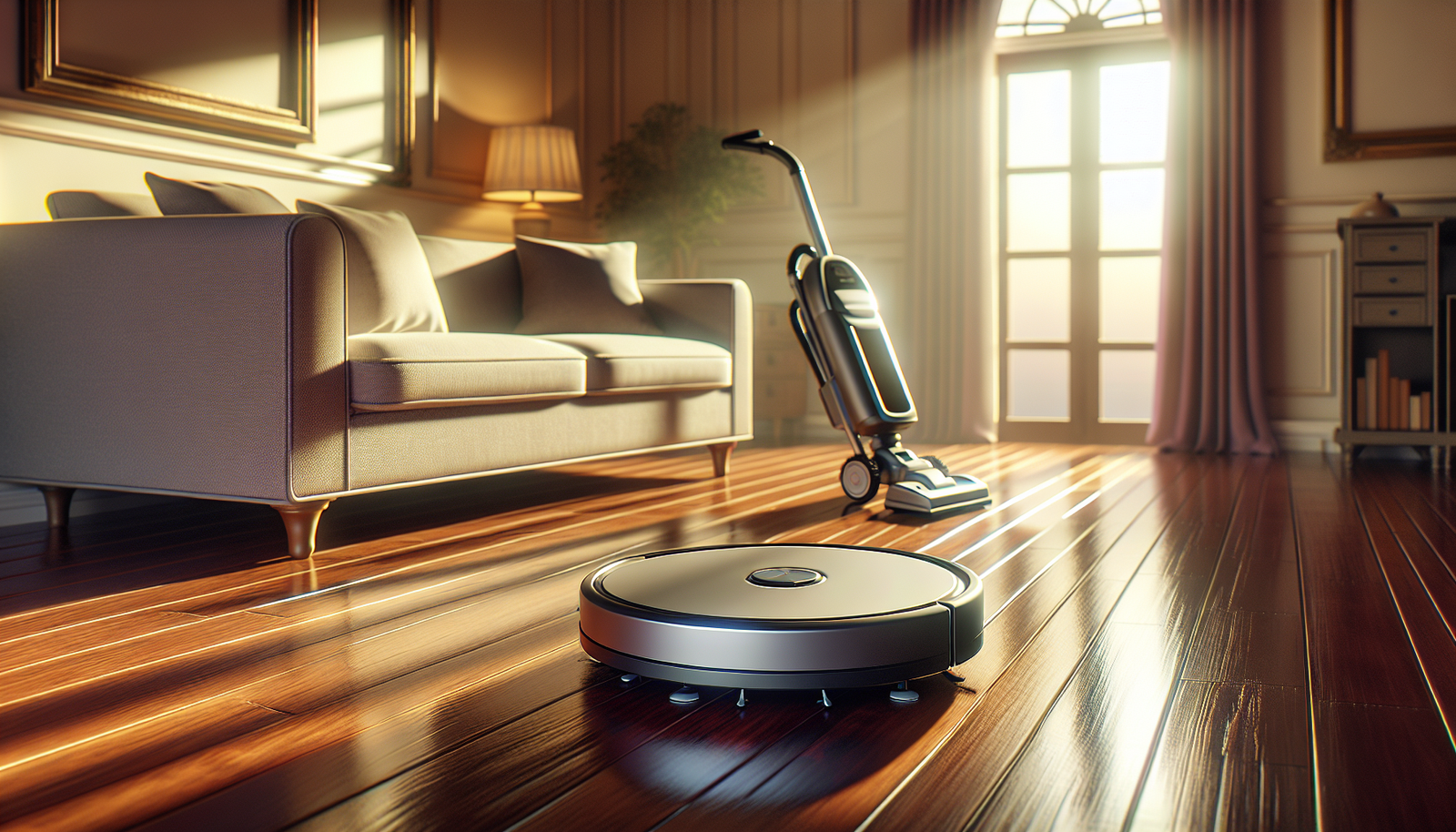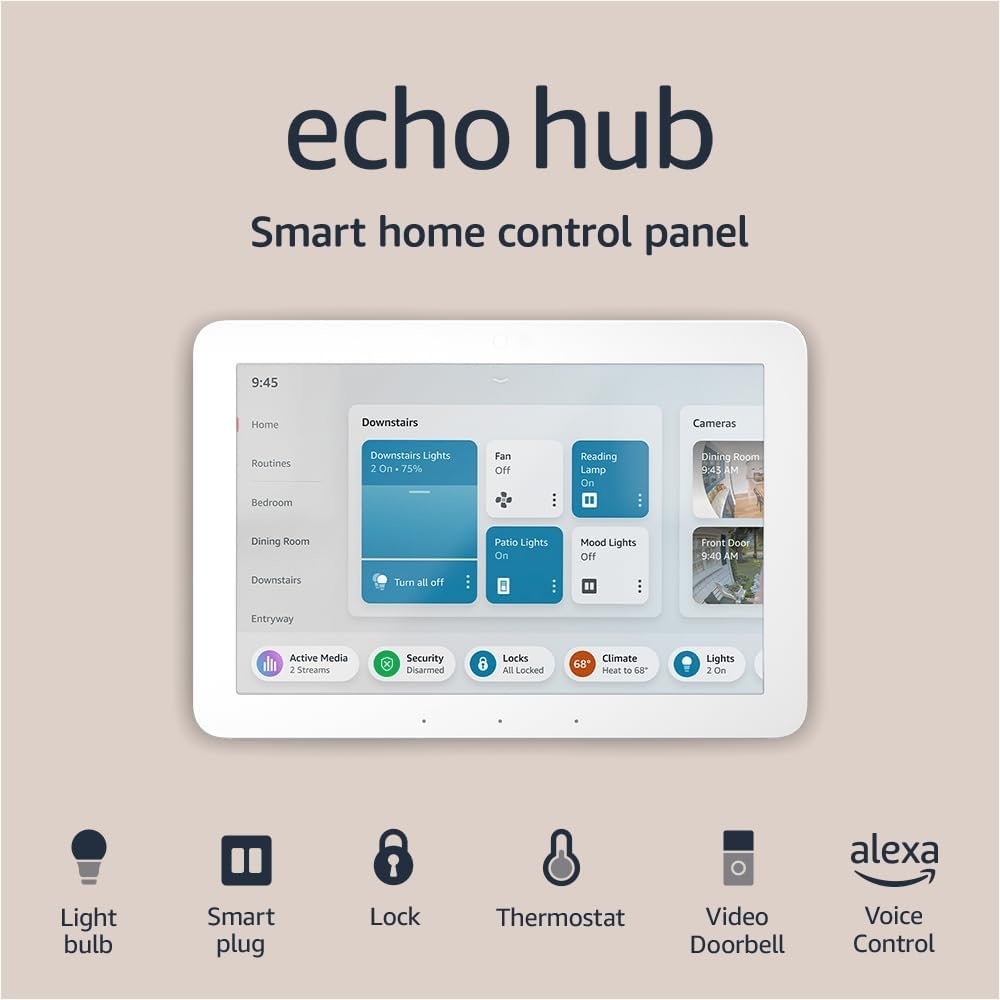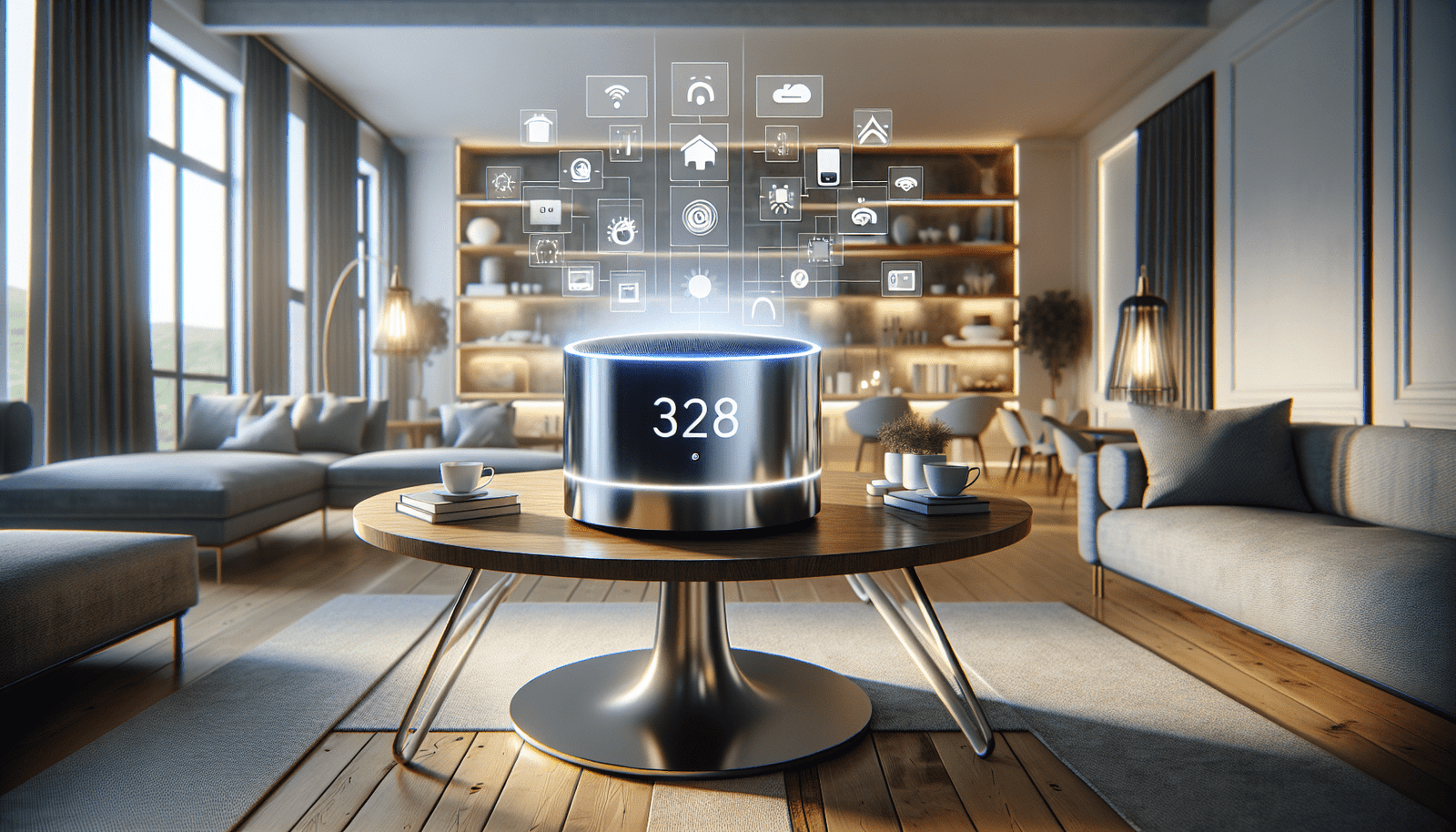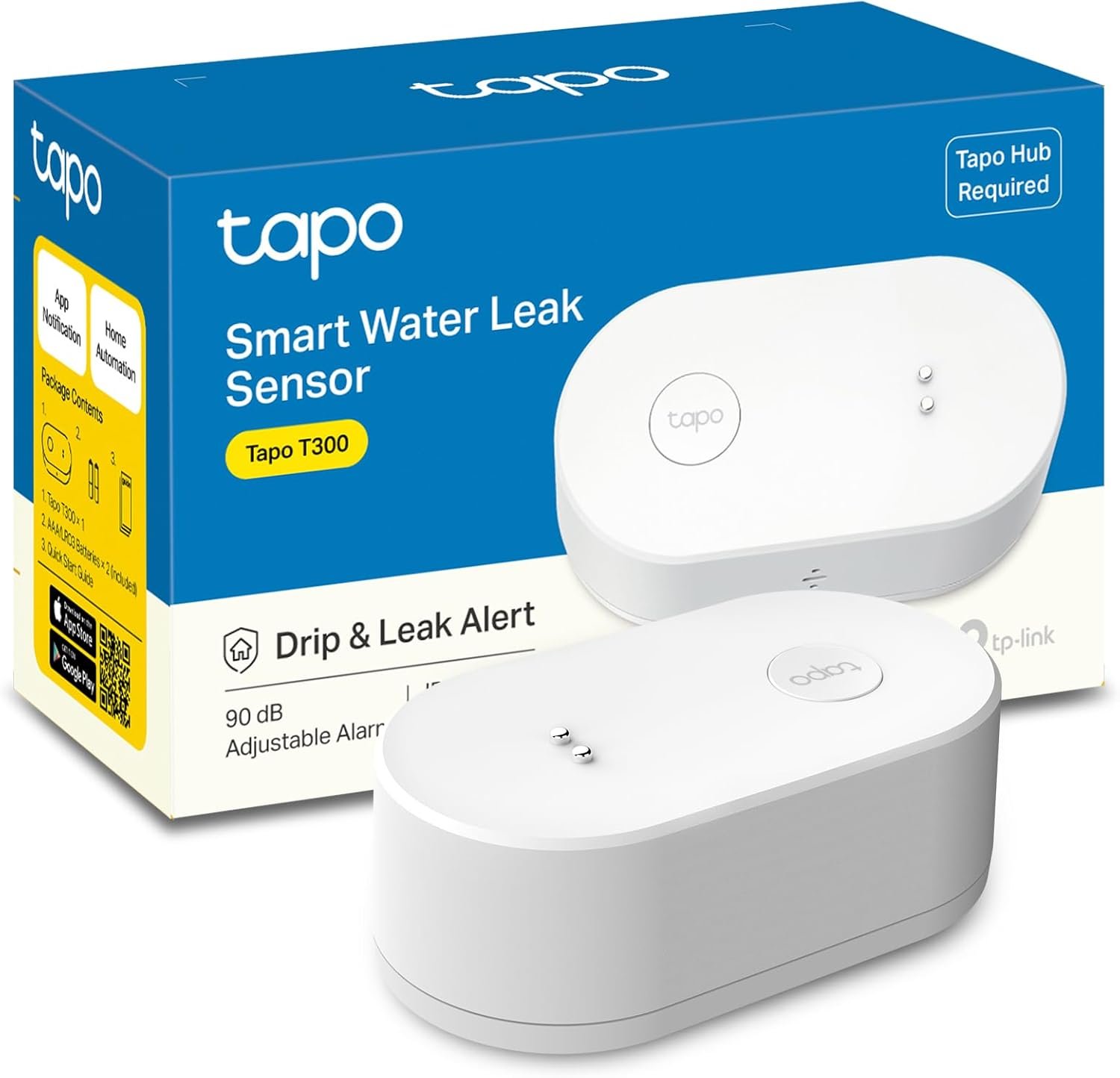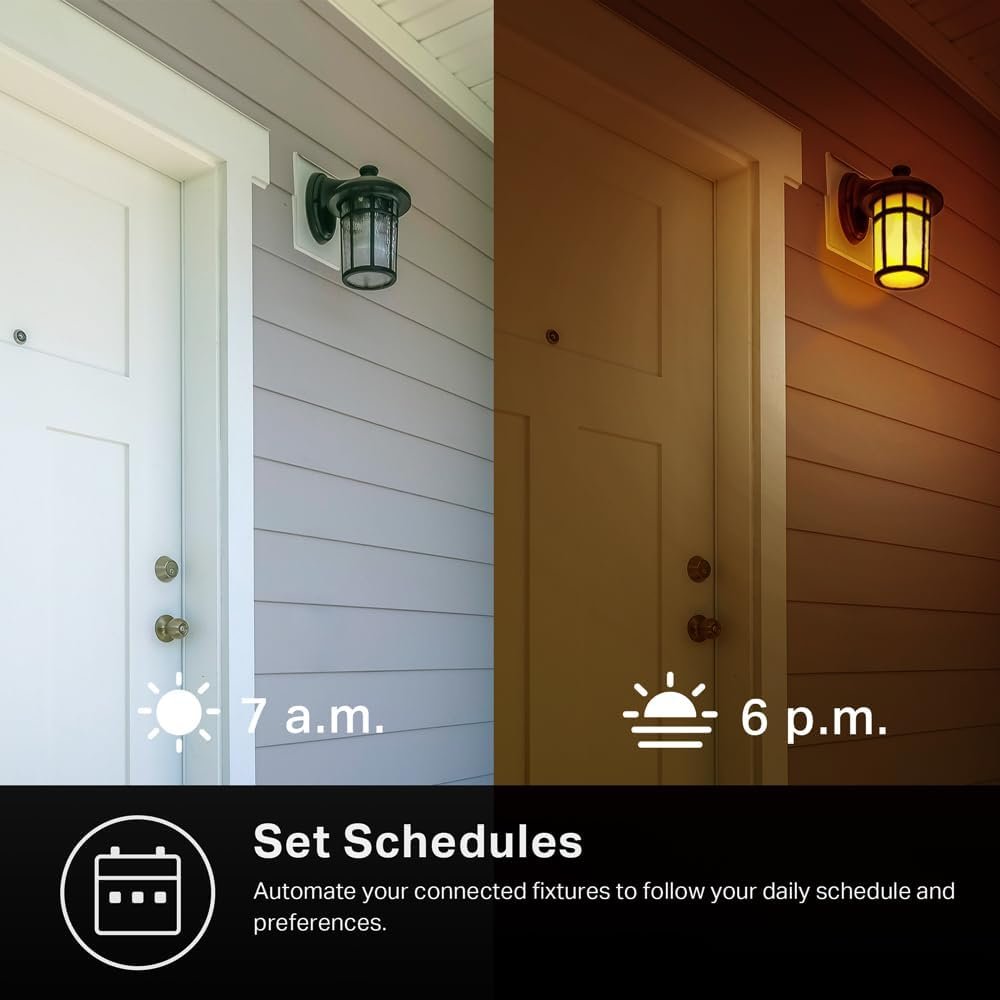Have you ever found yourself wondering whether a robot vacuum can match the cleaning power of a regular vacuum? In today’s fast-paced world, convenience often takes the front seat, yet effectiveness should never be compromised. Robot vacuums have become a modern-day marvel, offering hands-free, automated cleaning. But do they really stack up against the traditional vacuums we’ve relied on for decades? Let’s explore this question together, thinking about your specific cleaning needs, budget, and lifestyle to find out which might be the right fit for you.
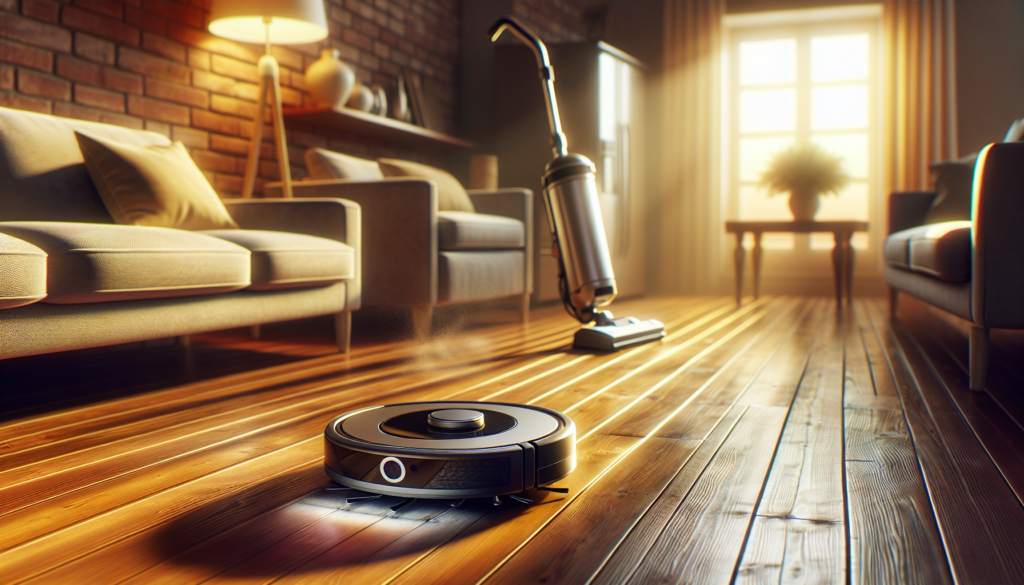
The Rise of Robot Vacuums
With advancements in technology, robot vacuums have taken the world of home cleaning by storm. They’re the epitome of smart home integration, often found in households that value automation and ease of use. Equipped with sensors, software, and compact designs, these small machines promise to clean your home with minimal intervention. But how well do they actually perform when it comes to real-world cleaning scenarios?
Convenience and Ease of Use
For many, the allure of a robot vacuum lies in its convenience. Imagine setting a schedule on your smartphone and returning home to freshly vacuumed floors without lifting a finger. Robot vacuums are designed to navigate around furniture, adapt to different floor types, and return to their charging station after completing their task. This hands-free operation is especially appealing to those with busy schedules, mobility issues, or a simple desire to reduce the mundane chore of vacuuming.
Smart Features
Most robot vacuums boast a plethora of smart features, from Wi-Fi connectivity to voice control via smart home devices like Amazon Alexa or Google Assistant. These features allow you to start or stop cleaning sessions, monitor cleaning progress, and even receive alerts if your vacuum encounters an issue—all from your smartphone. Such integrations appeal to the tech-savvy consumer who enjoys managing their household appliances gracefully.
Performance: Robot Vacuums vs. Regular Vacuums
The burning question remains: Is the cleaning power of a robot vacuum on par with traditional vacuums? To answer this, let’s consider several factors, such as suction power, adaptability to different surfaces, and effectiveness in handling pet hair and allergens.
Suction Power
Traditional vacuums typically have robust motors to deliver substantial suction, making them highly effective at picking up dirt and debris from carpets and hard floors alike. Robot vacuums, on the other hand, have compact designs that limit the size of their motors, and thus often have less suction power compared to their full-sized counterparts. While significant advancements have been made, with some premium models providing remarkable suction, entry-level robot vacuums might struggle with deep-cleaning tasks, particularly in carpeted areas.
Surface Navigation and Adaptability
Robot vacuums are designed to handle smooth surfaces with ease and can transition between hard floors and low-pile carpets. However, they may encounter challenges when faced with high-pile carpets or thicker rugs. Regular vacuums usually offer adjustable settings to accommodate different surfaces, giving them an edge in households with varied flooring types.
Handling Pet Hair and Allergens
For pet owners, robot vacuums can be a blessing. Many models include specialized brushes and filters designed to capture pet hair and reduce allergens. However, because of their smaller dustbins, you might find yourself cleaning them out more frequently than traditional vacuum bags or canisters. Regular vacuums tend to excel in this area with higher-capacity bags or bins and powerful allergen filters, making them a strong choice for those particularly concerned with dust and pet dander.
Cost-Effectiveness: An Important Consideration
When weighing up a regular vacuum against a robot vacuum, cost is often a significant factor. Robot vacuums range in price, with models designed for everyday consumers, as well as high-end versions with enhanced features. At face value, robot vacuums might seem more expensive, especially as initial investments, but they promise long-term convenience and time saved from manual cleaning.
Budget Vs. Features
A common misconception is that higher price tags always equate to superior cleaning performance. While some features on high-end robot vacuums can significantly enhance user experience—such as advanced mapping capabilities and self-emptying dustbins—buyers should take care to evaluate which features are truly necessary for their cleaning needs.
Longevity and Maintenance
To ensure your vacuum serves you well for years, understanding maintenance requirements is key. Robot vacuums often require regular maintenance to perform optimally—cleaning brushes, emptying dustbins, and replacing filters. Traditional vacuums, too, demand occasional maintenance, such as changing bags or belts, which can be costlier over time due to the purchase of consumable accessories. Understanding these long-term considerations can greatly influence your purchase decision.
Battery Life
One area where robot vacuums differ significantly from traditional vacuums is battery life. When compared to the corded power supply of most traditional vacuums, robot vacuums rely on rechargeable batteries. This means they have a limited run time, usually up to 90 minutes on a single charge. While this is generally sufficient for typical cleaning sessions, larger homes might require multiple cycles to complete a thorough cleaning, meaning longer total cleaning times due to recharging needs.
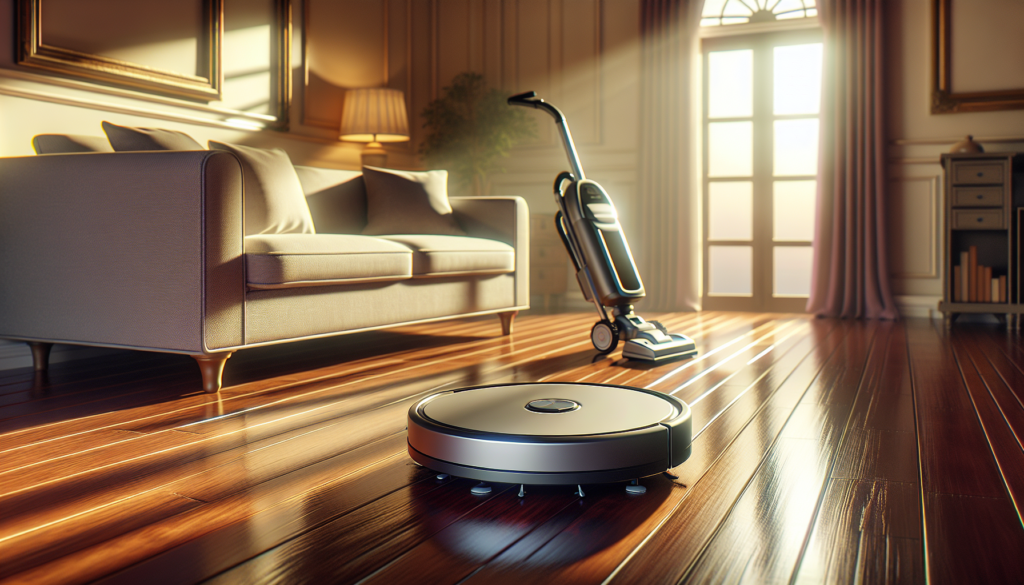
Addressing Concerns and Misconceptions
When considering smart technology like robot vacuums, potential buyers often have concerns regarding noise levels, ease of setup, and how well they actually clean. Let’s examine some of these issues and clear up any common misconceptions.
Noise Levels
Traditional vacuums are notorious for their loud operations, often disturbing household peace during use. Robot vacuums typically operate more quietly, especially during reduced-power settings. This noise reduction makes them suitable for homes where quieter appliances are preferred, or when cleaning needs to take place without disrupting daily activities.
Setup and Integration
Many consumers worry about the setup complexity of new technology. Fortunately, most robot vacuums offer user-friendly interfaces and intuitive apps that guide you through setup and scheduling. The ability to integrate with various smart home systems adds further simplicity, often requiring just a few steps to connect your vacuum to your home network and preferred control devices.
Conclusion: Making an Informed Choice
So, given all these points, where do you stand in the robot vacuum vs. regular vacuum debate? Ultimately, the decision rests on personal needs, lifestyle, and budget. Robot vacuums are perfect for those who prioritize convenience, smart integration, and routine maintenance, especially for homes with smooth surfaces or low-pile carpets.
In contrast, if you demand the deep-cleaning power that only a traditional vacuum with strong suction can provide, particularly in homes with high-pile carpets or significant pet hair, then sticking with the trusty traditional model might be your best bet.
Whichever option you choose, understanding the attributes and limitations of each type of vacuum can ensure you make a choice that best suits your cleaning needs and enhances your living space. Remember, whether you’re weighing up automation or manual control, the ideal vacuum should make cleaning less of a chore and more of a seamless, enjoyable process.
